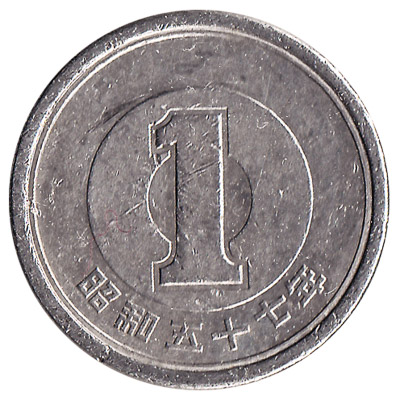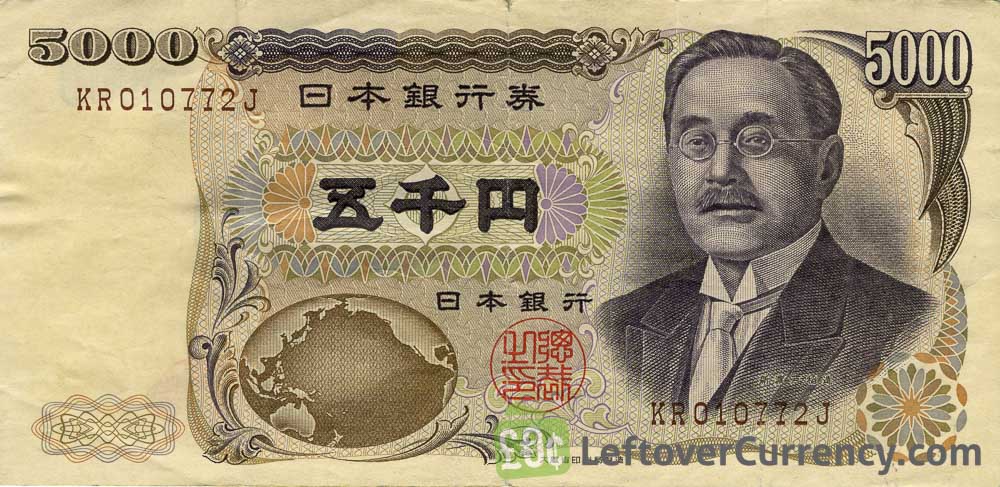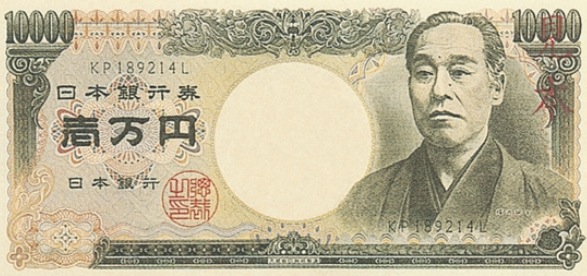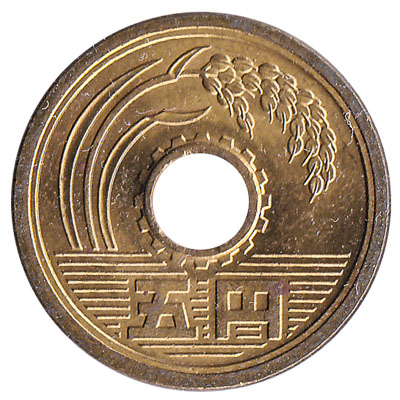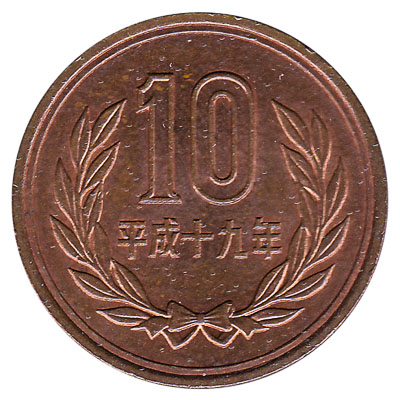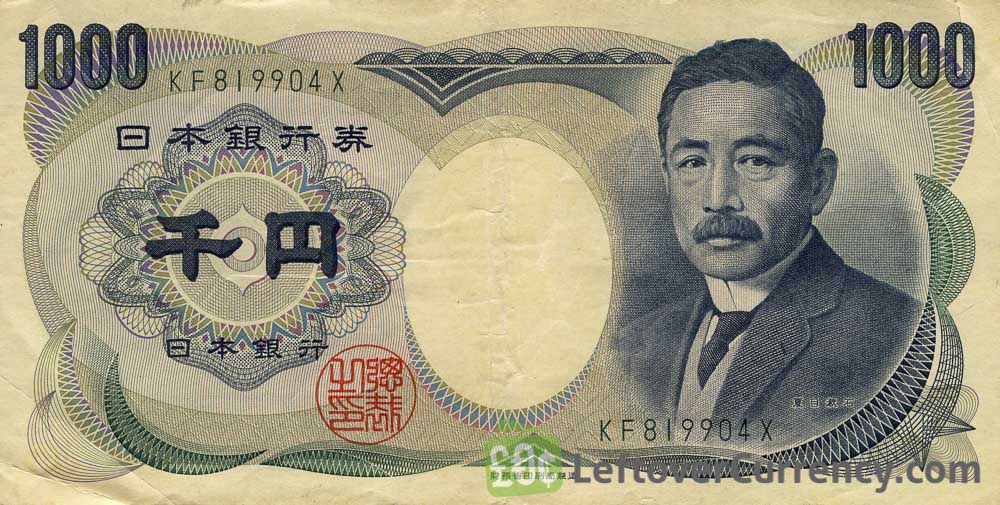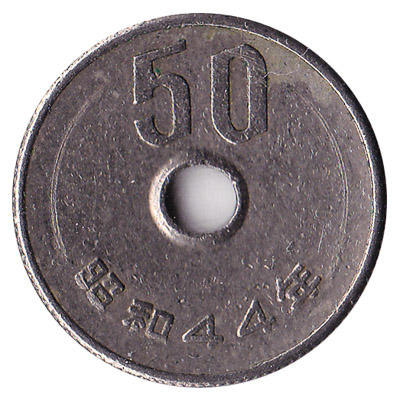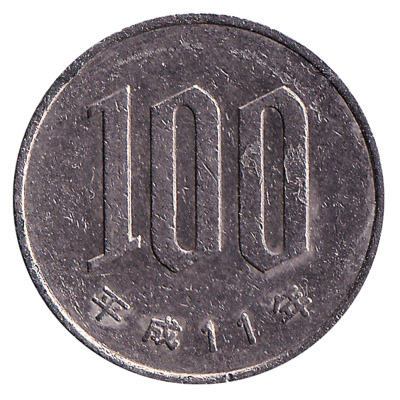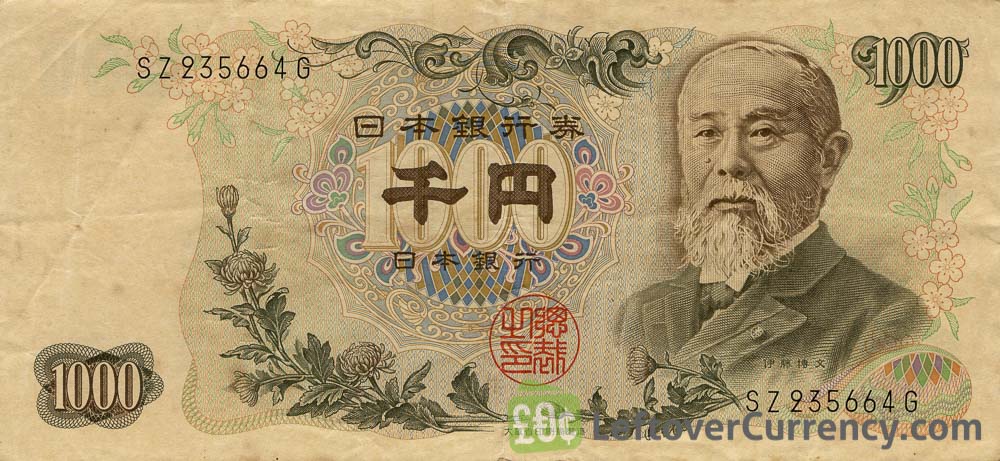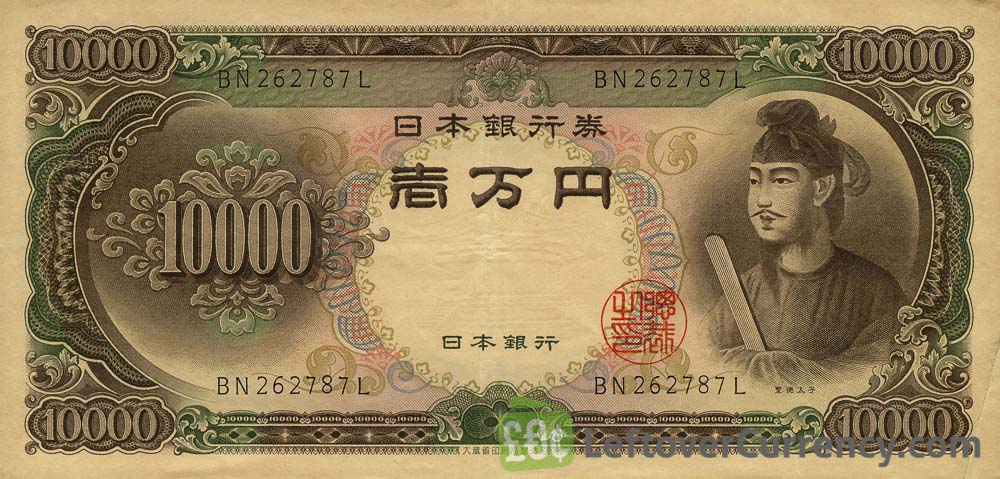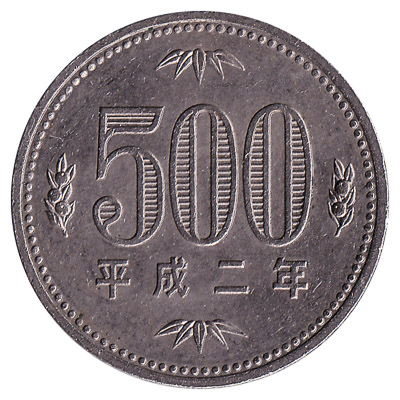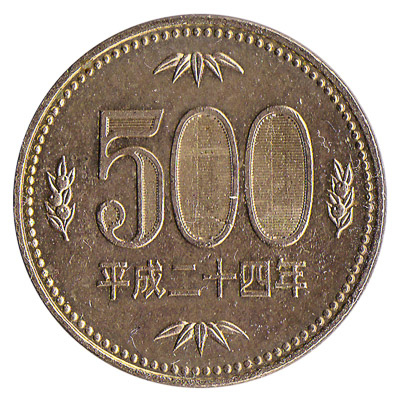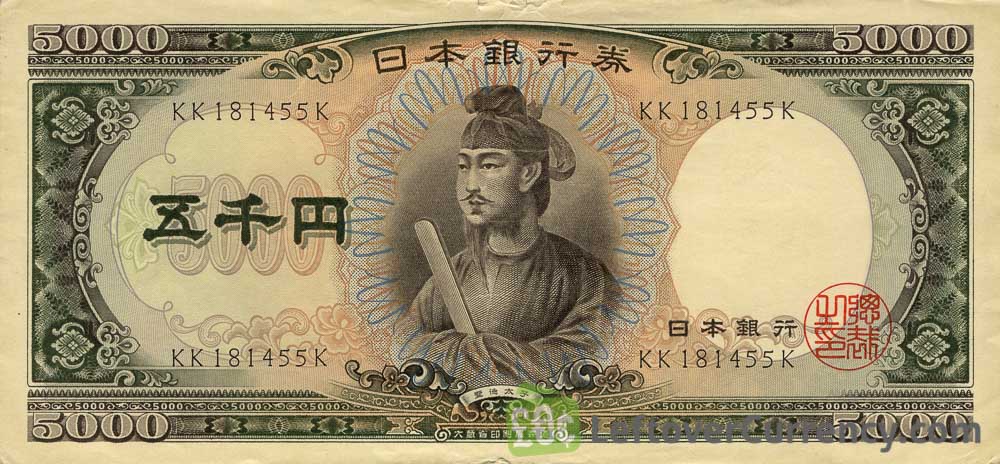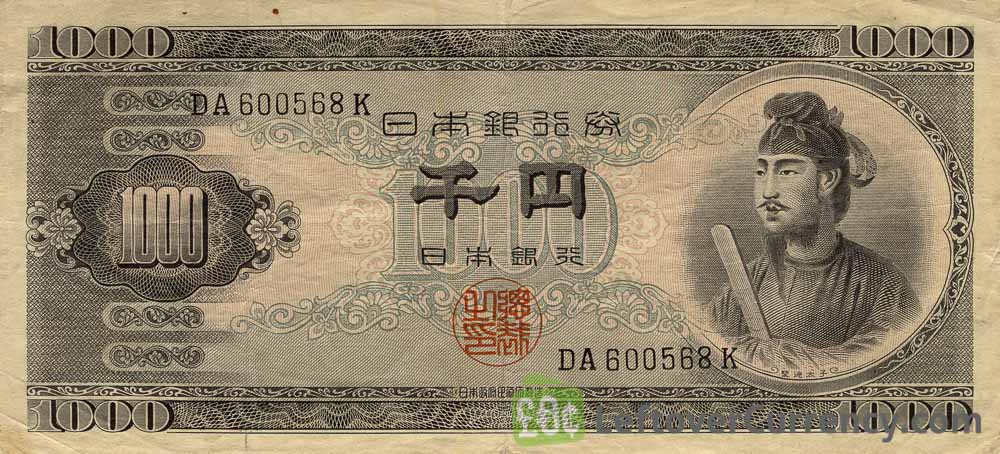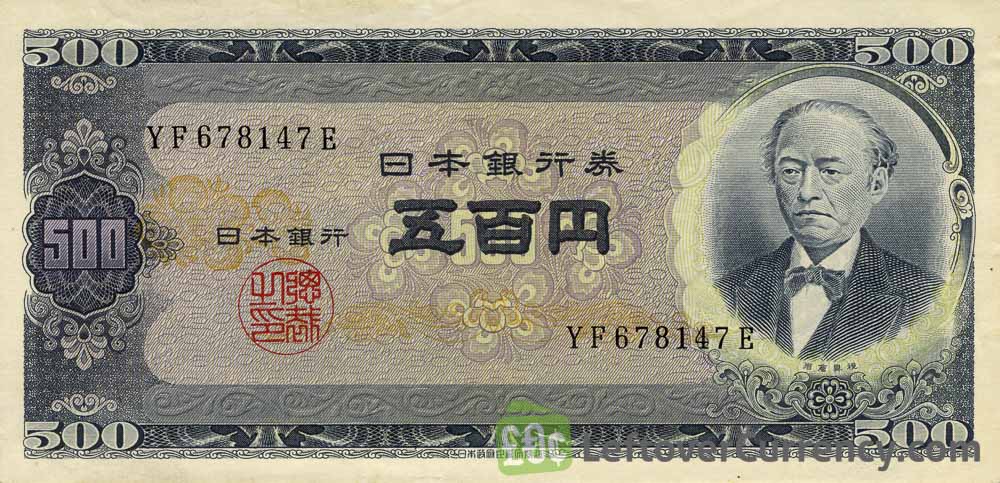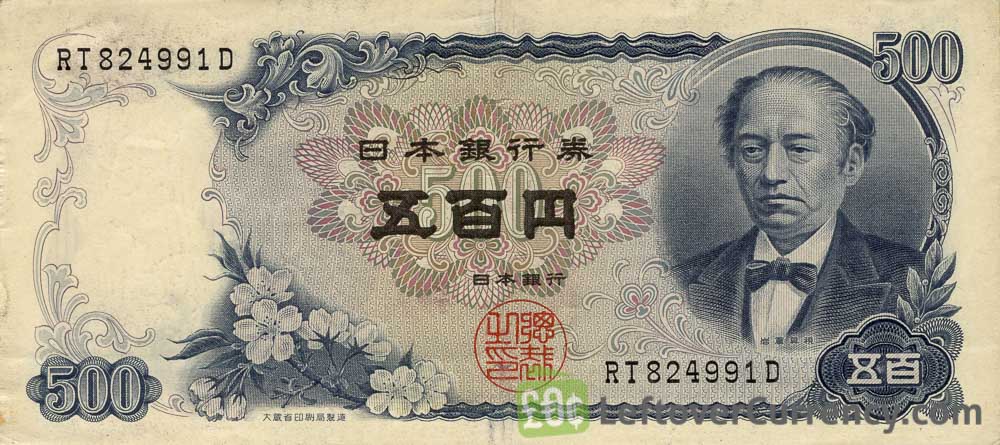Japanese Yen
Showing 1–16 of 30 results
The Japanese Yen was introduced as the currency of Japan in 1871, replacing Tokugawa coinage. The name ‘yen’ is a Japanese borrowing of Chinese ‘yuan’, meaning ‘something round’, ‘circle’ and ‘coin’. The Japanese yen was identified as one of the safe haven currencies for 2017.
We exchange both Japanese Yen coins and banknotes, and we also accept withdrawn Japanese Yen banknotes. Our online exchange service is quick, easy, secure and free of charge.
To convert your leftover Japanese Yen to cash, select the type of Japanese Yen you want to exchange:
-
1000 Japanese Yen banknote (Prince Shotoku)
The note of one thousand yen features Shōtoku Taishi, protector of Buddhism. On the reverse side of the old ¥1000 note is Yumedono Pavilion, part of the Hōryū-ji temple complex in Ikaruga. The paper bill contains the words ‘Nippon Gingko’.You get: £3.310001 JPY = £0.0033100000 -
500 Japanese Yen banknote (Iwakura Tomorni 1969)
The banknote of five hundred yen depicts the portrait of Iwakura Tomomi, Japanese statesman. On the paper note a caption reads ‘Nippon Gingko’. The mountain peak on the backside is Mount Fuji, located on Honshu Island.You get: £1.655001 JPY = £0.0033100000

 Loading
Loading
 Filter
Filter
